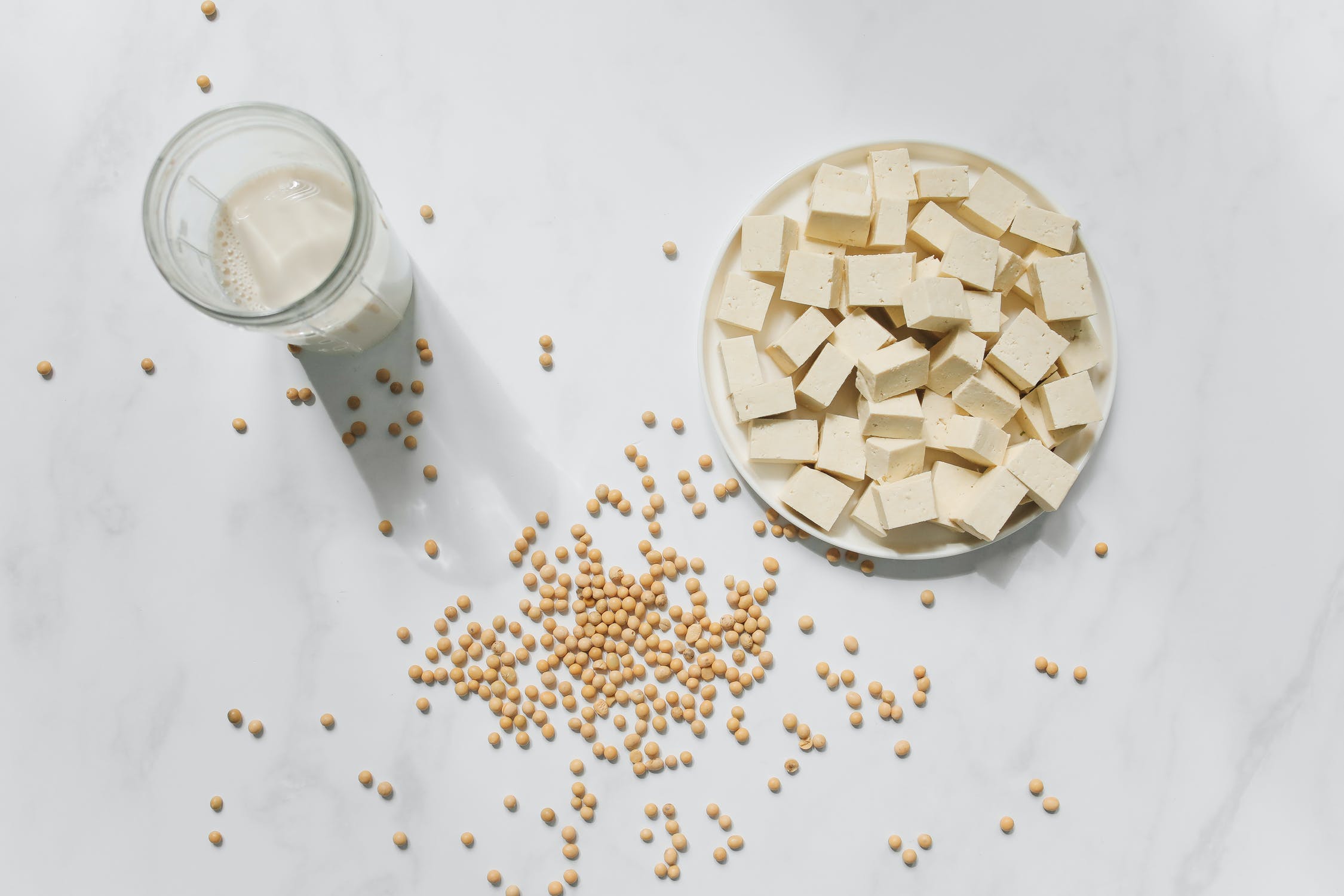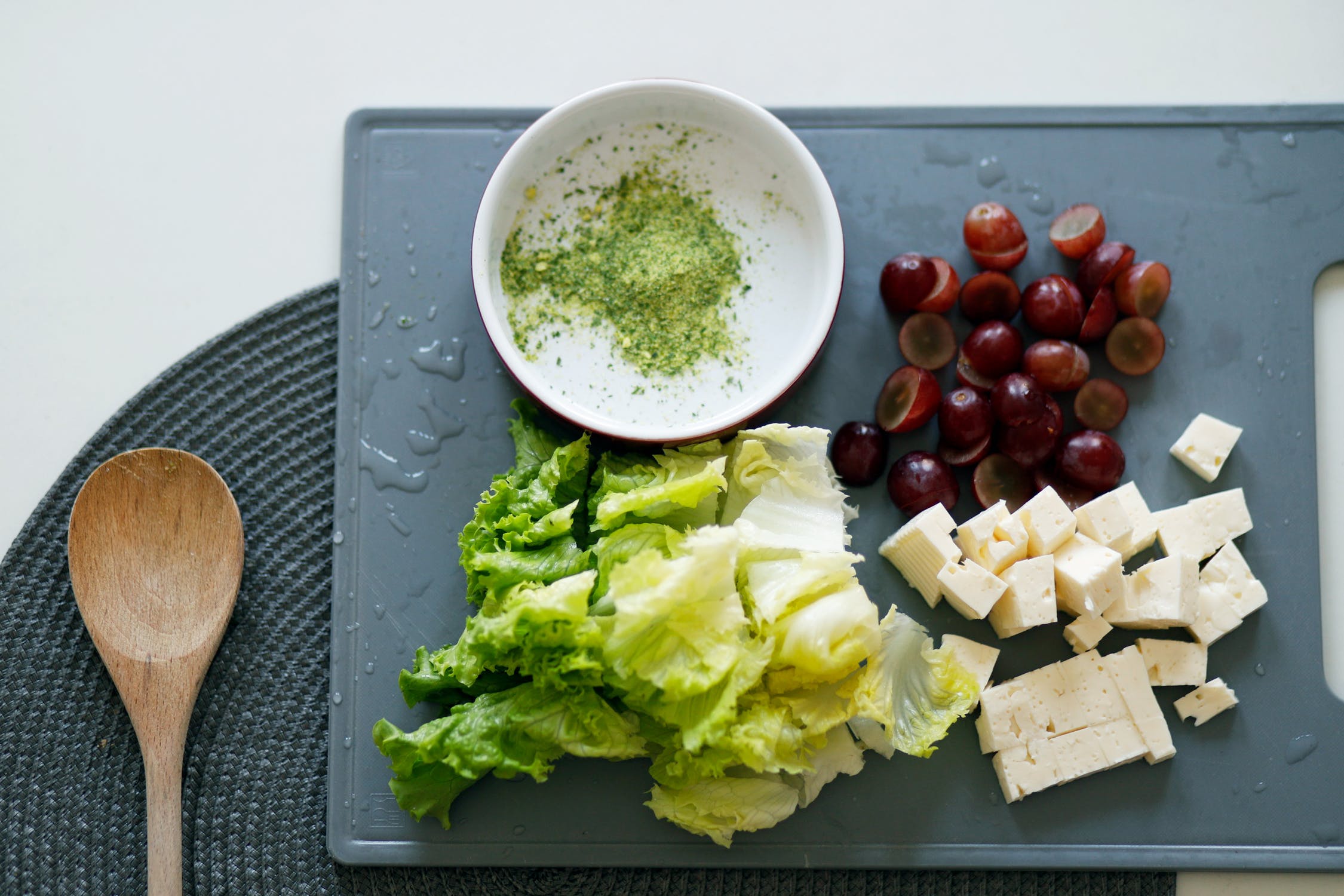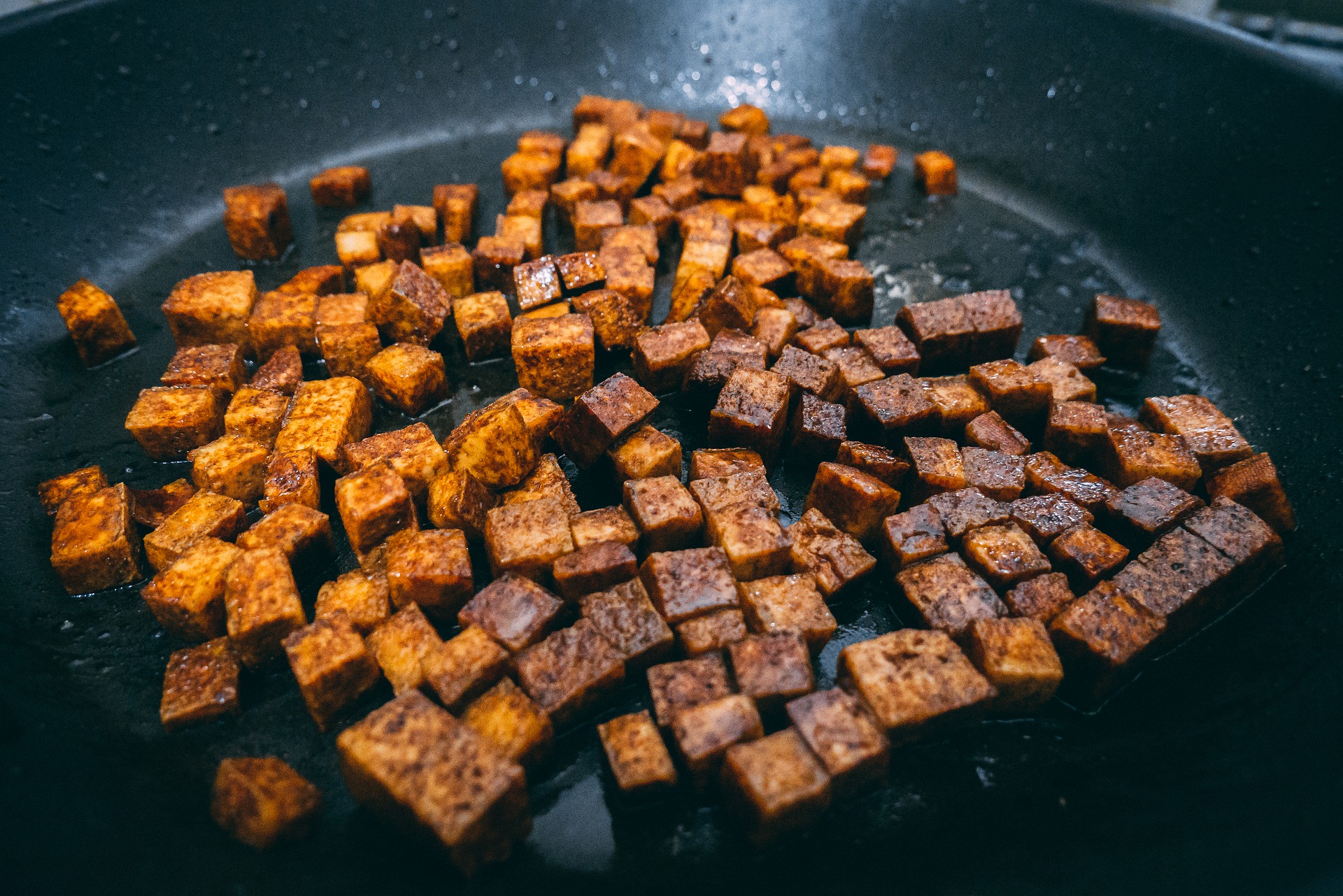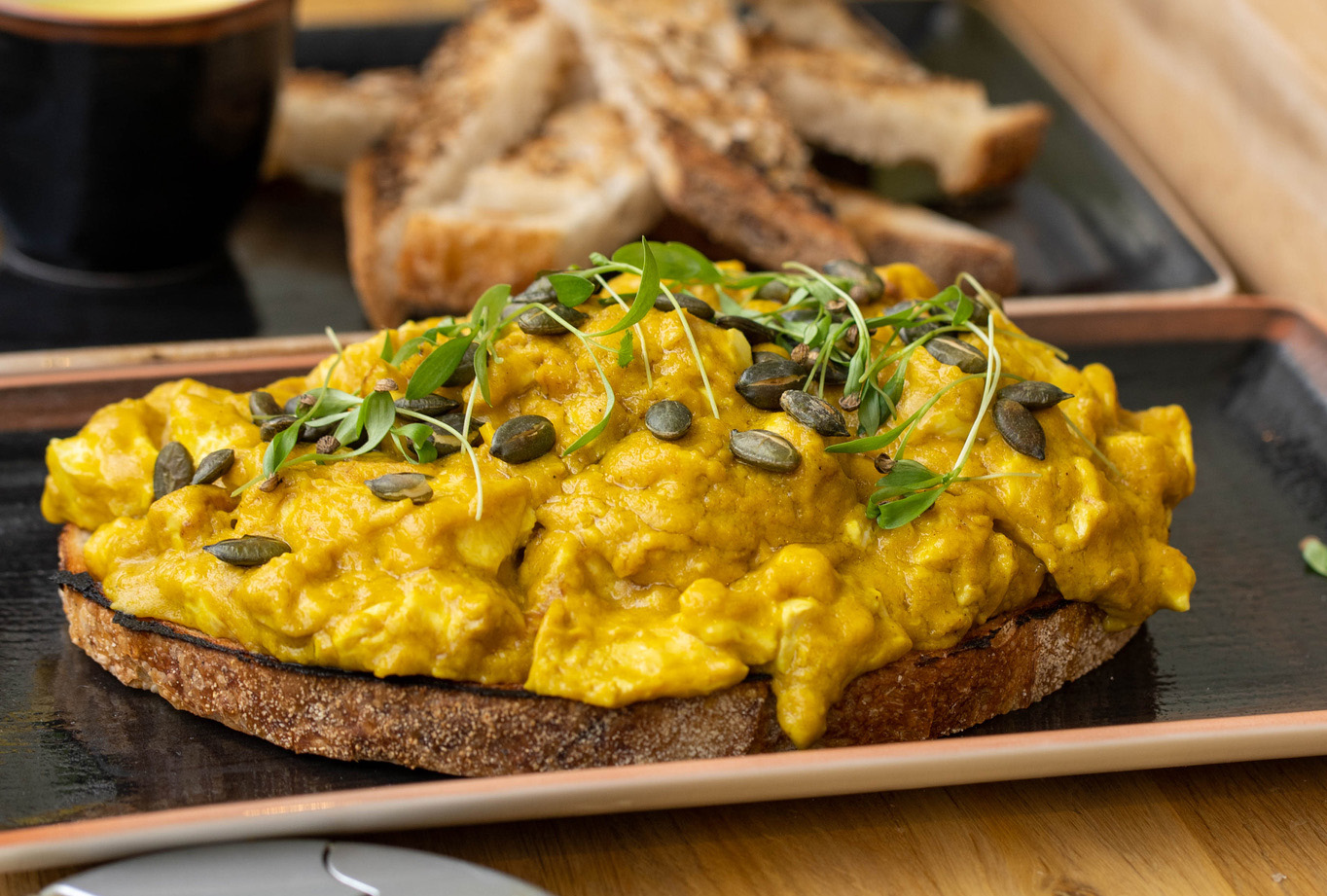7 Delicious Ways To Prepare Tofu

How to Cook Tofu (and why you should eat it more often)
There are two types of people in the world: those who love tofu and those who just don’t get it! A bit like marmite really.
Tofu - also known as bean curd - has been a staple in Asian cuisine for centuries, but it’s only around the 1990’s that it was discovered by western countries - where it has now become mainstream.
Let’s admit it though, very few people liked it the first time they tried to cook it. The experience was particularly disappointing for those who made the mistake to eat it straight out of the package, raw and unseasoned. And with all the conflicting news circulating about soy, many have been too “scared” to even try it again.
But we LOVE this ingredient, so today we’d like to tell you more about it. We’ll explain what it is, what its health benefits are and how you can prepare it to make the most of it…
We hope that this article will help you see this ingredient in a new light!
Ready?

What is tofu?
Tofu is made from soybeans which are soaked, crushed and cooked. The next step is to separate the solid part from the liquid part (“soy milk”) so that the milk can be coagulated (with a coagulant such as nigari or calcium sulphate) and pressed. The texture of the final product is similar to soft cheese and its flavour is neutral, which is actually one of its most important characteristics, as we’ll see later.
You probably have heard conflicting information about soy, so you might be surprised to learn that soybeans are simply legumes - just like beans, lentils and chickpeas - and have very similar nutritional properties.
Including soy products in your diet is advisable, especially if they are organic and stick to the least processed ones, such as whole soybeans, tempeh and tofu.

Why tofu is good for you
But why is it a good idea to eat tofu on a regular basis?
First of all, tofu, just like any other legume-based foods, is an excellent source of protein. The protein percentage is particularly high for firm tofu, whereas silken and soft tofu contain more water and are therefore less nutrient-dense.
Tofu is also free from harmful fats, such as cholesterol, and very low in saturated fat.
It contains a good quantity of omega-3 fatty acids, which are both good for you and essential - in the sense that your body cannot produce them, so you should include them regularly in your diet.
Tofu can also be a very good source of either magnesium or calcium, depending on if it’s made from a magnesium-based (like nigari) or calcium-based coagulant (such as calcium sulfate).
Another big advantage of soy is that it’s rich in a type of antioxidants called isoflavones, which are anti-inflammatory and help us prevent a number of common diseases (such as breast cancer and heart disease).
How to prepare tofu
As we were saying before, one of tofu’s key characteristics is that it has a neutral flavour. So, depending on how you prepare and marinade it, you can use it in many different ways – from savoury dishes to sweets.
Here are some ideas:
1. Grilled tofu

This is the quickest way to prepare firm tofu. You should just cook it with a little bit of oil in a pan for a few minutes, until golden on both sides.
You can either marinate it prior to cooking it (for example with soy sauce, ginger and garlic, or with olives, capers, olive oil and dried tomatoes) or simply add some flavouring at the end of the cooking (which is quicker if you don’t have much time).
You can eat your grilled tofu on its own, in salads, in sandwiches or with rice and noodle dishes.
2. Scrambled tofu

Scrambled silken firm tofu can be a plant-based substitute for scrambled eggs. Another option is to quickly scramble your tofu with spinach or any other vegetables you like for a quick and easy dish.
You can eat it on toast in the morning or with a salad for a light dinner.
3. Baked with veggies
You could also drain and marinate the tofu in advance and bake it in the oven with vegetables such as butternut squash, carrots, beetroots or potatoes. It’s a perfect winter dish!
Draining tofu is very easy. One of the quickest ways is to place a clean paper towel and a cloth around the tofu and wait at least 30 minutes, until they absorb some of the water.
4. In plant-based loaves
If you’d like to make a meatless loaf with vegetables or legumes, keep in mind that tofu could help you get the texture you’re looking for without adding unnecessary fat (like cream or eggs).
You can blend soft or firm tofu together with the vegetables for a firmer texture. Nobody will even notice it’s there!
5. In soups
Add some tofu cubes to your Asian-style soups such as Japanese miso and vegetable soup, Thai curry or tom yum. You can either cook it with the soup or pre-grill it and add it at the end, when the dish is ready.
6. Frozen 
Not only can you freeze tofu (which could be useful to avoid food waste), but freezing is also a culinary technique used to change the texture of soft tofu. In fact, when you freeze and thaw this ingredient, it loses a lot of water. The water is frozen into small crystals, which create small holes and make the texture spongier.
You can freeze and thaw tofu once or twice (for an even firmer texture), and this is perfectly safe to do as long as the tofu is properly thawed inside the fridge. After freezing, thawing and marinating your tofu, you can breadcrumb it to make some delicious tofu nuggets which you can bake or fry.
6. Low fat chocolate mousse

Silken and soft tofu have a neutral flavour and a creamy texture, so you can use them to make delicious and creamy chocolate mousse without adding any fatty ingredients such as cream and eggs.
Try combining silken tofu, dark chocolate and a sweetener (like maple or agave syrup) for a delicious chocolate mousse.

